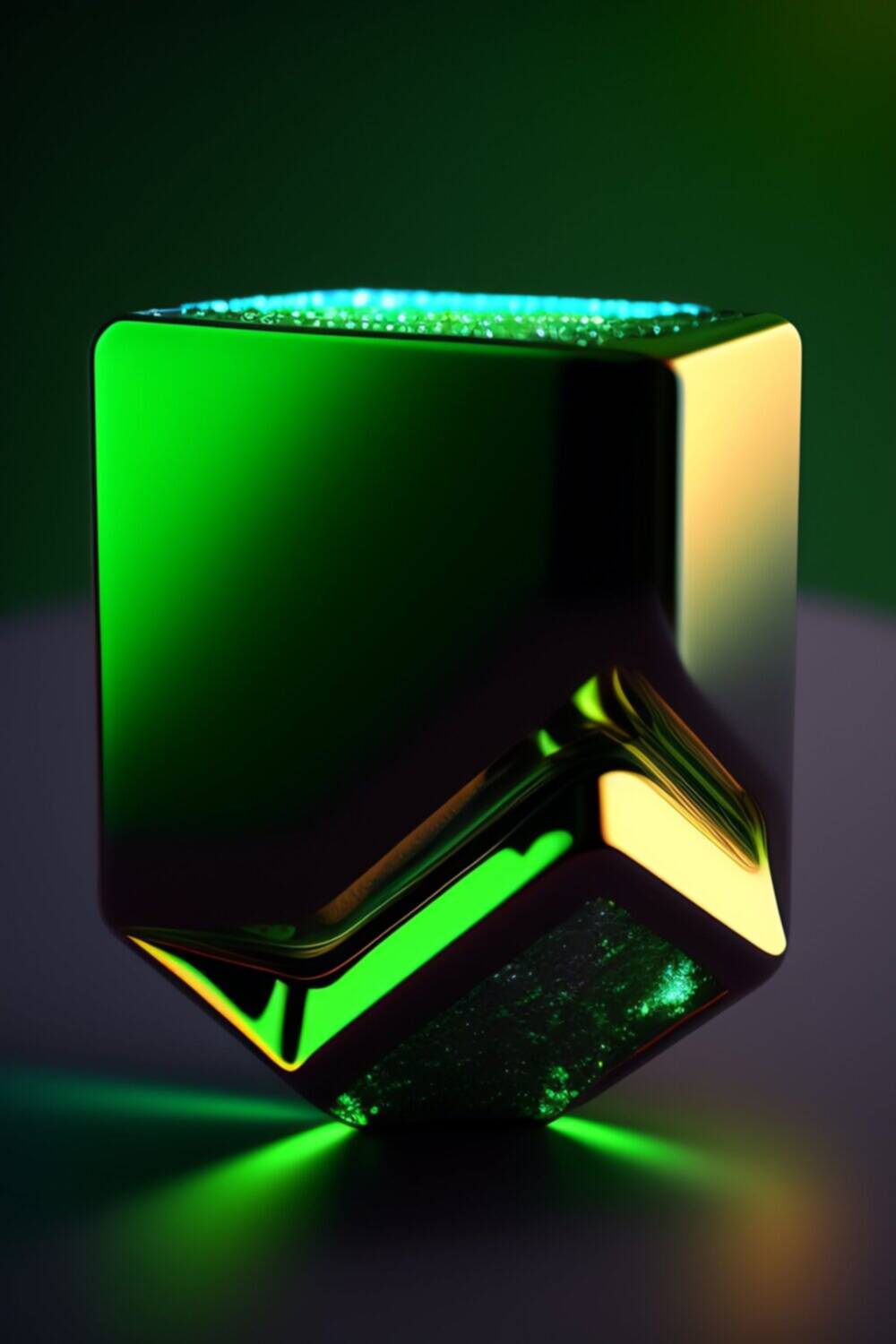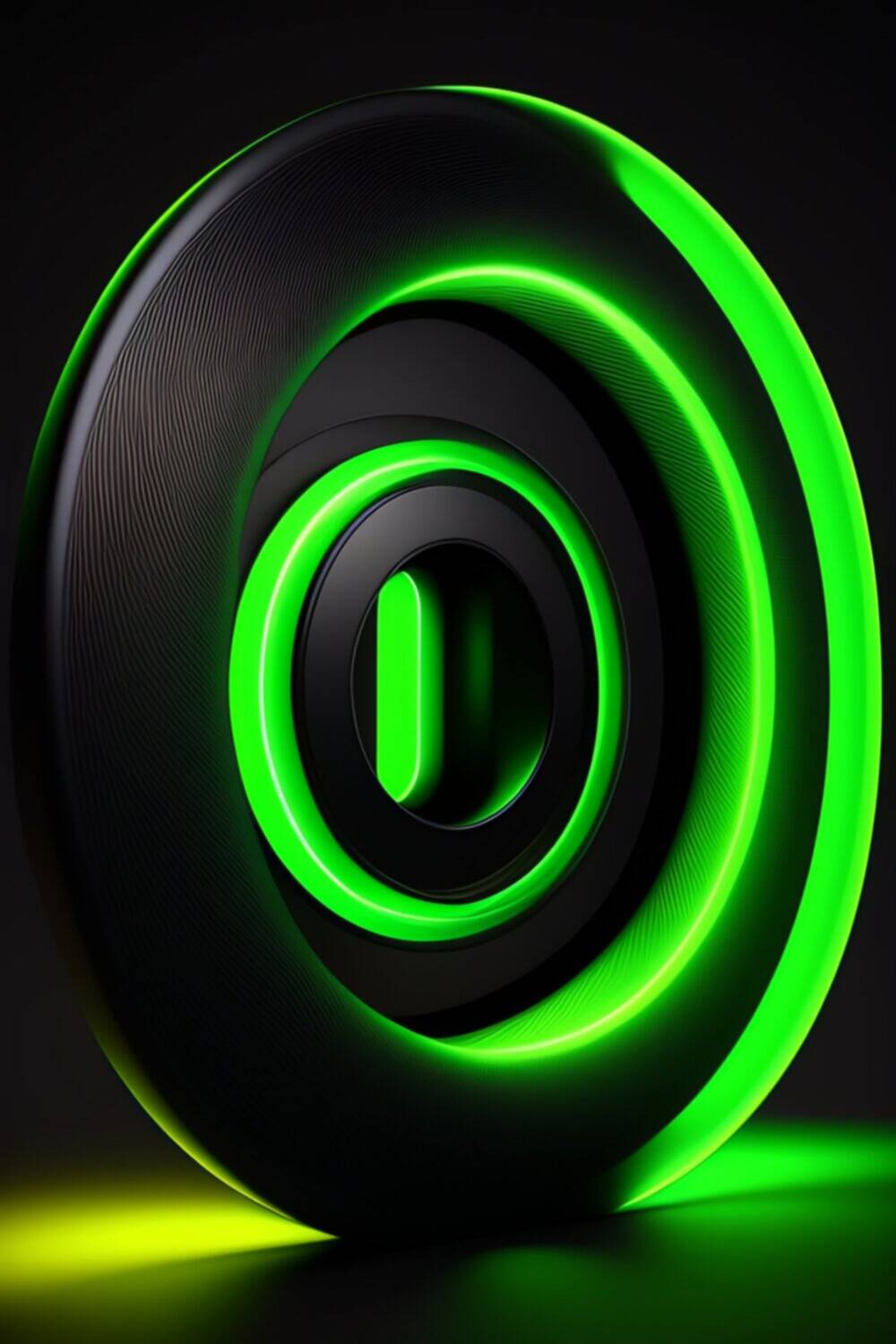Discover the cutting-edge ray tracing capabilities of the Nvidia RTX 4070 Ti graphics card, including its hardware-accelerated ray tracing, support for DirectX 12 Ultimate, and stunning real-time performance. Learn why this card is worth the investment for gamers and content creators looking for the best graphics experience.
Nvidia RTX 4070 Ti: The Ultimate Ray Tracing Graphics Card
Nvidia’s latest addition to their graphics card lineup, the RTX 4070 Ti, has been making waves in the gaming community since its announcement. One of the key features of this card is its advanced ray tracing capabilities, which take gaming graphics to the next level. In this article, we’ll take a detailed look at the RTX 4070 Ti’s ray tracing capabilities and what makes it such a compelling choice for gamers and content creators alike.
What is Ray Tracing?
Before we dive into the RTX 4070 Ti’s capabilities, let’s first discuss what ray tracing actually is. Ray tracing is a rendering technique that simulates the behavior of light in a virtual environment. It allows for much more realistic lighting and shadow effects, as well as accurate reflections and refractions. In traditional rendering techniques, these effects are achieved through approximations, which can lead to inaccuracies and a less immersive experience.
What Makes the RTX 4070 Ti So Special?
The RTX 4070 Ti builds upon the ray tracing capabilities of its predecessor, the RTX 3080ti, with several key improvements. First and foremost, it boasts an impressive 18432 CUDA cores, which allows for much faster rendering times and more complex scenes. Additionally, it features 12GB of GDDR6 memory, which provides plenty of headroom for even the most demanding applications.
One of the most exciting new features of the RTX 4070 Ti is its support for hardware-accelerated ray tracing. This means that the card has dedicated hardware specifically designed to handle the complex calculations required for ray tracing. This results in much faster rendering times and more realistic lighting effects.
Another key improvement over the RTX 3080ti is the RTX 4070 Ti’s support for DirectX 12 Ultimate. This API includes several new features that are specifically designed to improve ray tracing performance and efficiency, such as variable-rate shading and mesh shaders.
What Can You Expect from Ray Tracing on the RTX 4070 Ti?
So, what kind of performance can you expect from the RTX 4070 Ti’s ray tracing capabilities? In short, it’s impressive. The card is capable of rendering complex scenes with ease, producing stunningly realistic lighting and shadow effects. Reflections and refractions are also incredibly accurate, which adds a whole new level of immersion to games and other applications.
Perhaps the most impressive aspect of the RTX 4070 Ti’s ray tracing capabilities is its performance in real-time applications. With hardware-accelerated ray tracing and support for DirectX 12 Ultimate, the card is capable of producing stunning graphics in real-time, even in the most demanding applications.
Should You Buy the RTX 4070 Ti?
If you’re a gamer or content creator looking for the ultimate graphics card, then the RTX 4070 Ti is definitely worth considering. Its advanced ray tracing capabilities are second to none, and it offers plenty of power for even the most demanding applications. Of course, the card comes with a hefty price tag, but for those who demand the best, it’s worth every penny.
In conclusion, the Nvidia RTX 4070 Ti is an impressive graphics card that pushes the boundaries of what’s possible with ray tracing. Its hardware-accelerated ray tracing capabilities and support for DirectX 12 Ultimate make it a compelling choice for gamers and content creators alike. If you’re looking for the ultimate graphics card, then the RTX 4070 Ti should definitely be on your list.



